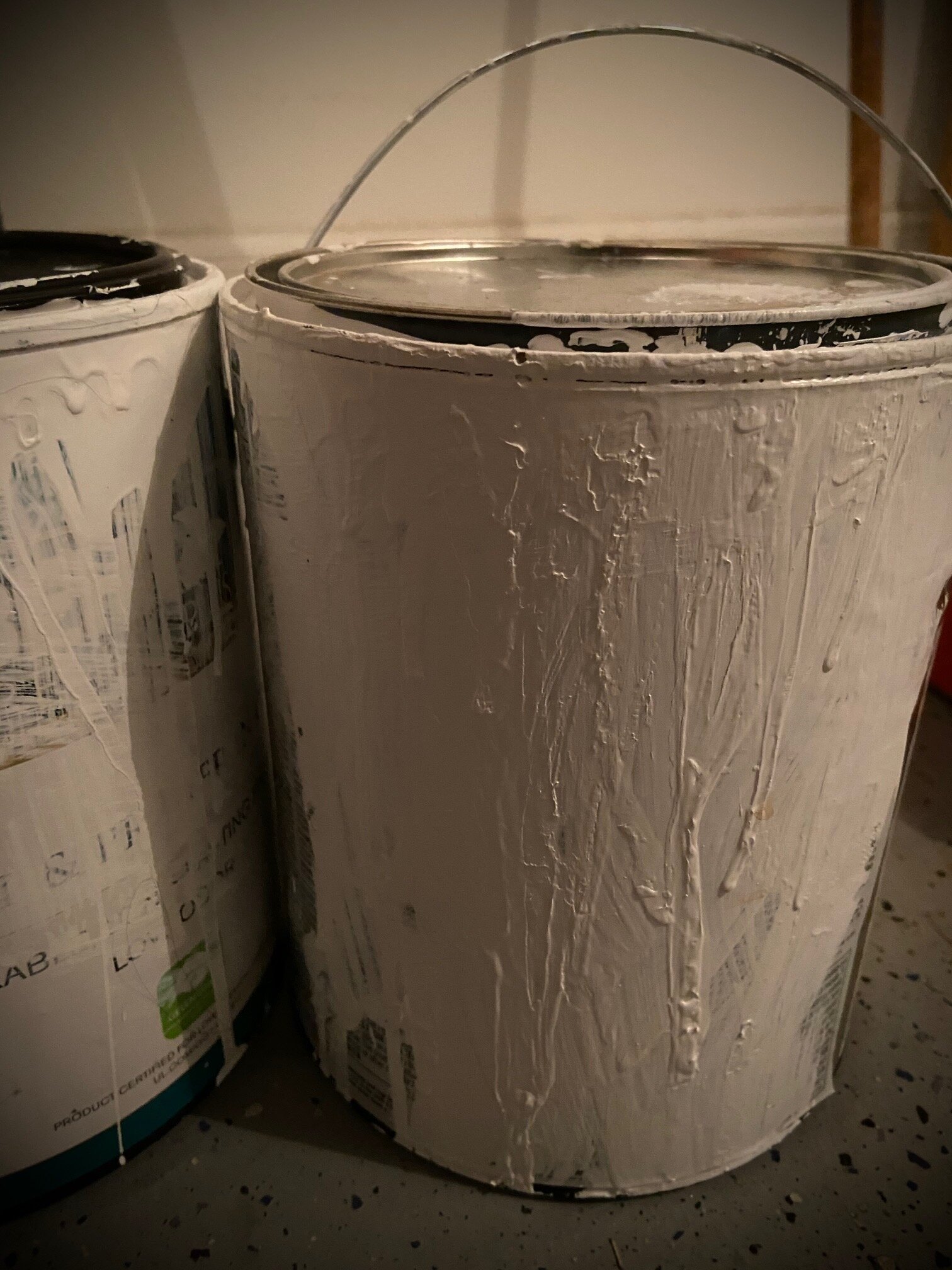Nutrients such as nitrogen (N), phosphorous (P), potassium (K), are important for lawn and plant health. Fertilizers provide these nutrients to keep your lawn healthy and are usually labeled with three numbers such as 4-4-4 which correspond to the amounts of N-P-K. However, indiscriminate application of fertilizers especially during the wet season can result in excessive nutrients accumulating in our water bodies such as springs, lagoons and estuaries. These excess nutrients can come from other sources beyond fertilizers and can result in algal blooms which impair the normal functioning of these aquatic ecosystems through a process called eutrophication as described on this website by NOAA. Some algal blooms produce toxins that are harmful to fauna including humans. As bacteria decompose the algae, they use up the oxygen in the water column, resulting in low-oxygen or hypoxic conditions.The hypoxic conditions can kill fish. Algae also block the penetration of light through the water column. This can kill seagrasses which provide food for aquatic animals such as sea turtles and manatees, as well as habitat for many species. In fact, a recent Unusual Mortality Event has been declared for manatees in Florida and is likely the end result of nutrient pollution entering our water bodies in ever-increasing amounts resulting in the decimation of seagrasses. As algae decomposes, carbon dioxide is produced as well, which results in acidification by lowering the pH of the water. The acidification threatens coral reefs and shelled aquatic animals.
Climate change has the potential for exacerbating the frequency of algal blooms by various mechanisms as discussed by the EPA here. For example toxic cyanobacteria prefer warmer waters and warmer surface waters limit mixing of the water column allowing algal blooms to stay on the surface and continue growing. Climate change is also expected to change the frequency and intensity of droughts and extreme storms. Droughts may be longer and as a consequence there will be less dilution of nutrients near their sources. The accumulated nutrients may wash away in large quantities after a strong rainfall event that occurs after a long drought period. Therefore, it is important that we as a society and as individuals start addressing the issue of nutrient pollution which is already adversely affecting our waterways.
Something that seems so inocuous as fertilizing our lawns can result in a cascade of impacts in our water bodies, which ultimately harms not only our environment, but also our economy and ourselves. This website by the University of Florida's Institute of Food and Agricultural Sciences (UF/IFAS) has tips on how to fertilize your lawn such as: “Look for a fertilizer with at least some slow-release nitrogen, which releases the nitrogen to the grass over an extended period of time. Be sure that it also contains 2% phosphorus or less in accordance with Florida State Law.” The site also has a link where you can search for your local county Extension office to get help on how and when to fertilize your lawn. For those in central Florida, Seminole and Orange Counties have very specific fertilizer ordinances that you must follow. As of April 15, 2021 when I accessed both sites, both ordinances prohibit application of fertilizers with nitrogen and phosphorous during the wet season from June 1st through September 30th. Both ordinances also indicate that fertilizers used during the non-restricted season must contain at least 65% of slow-release nitrogen; fertilizers containing phosphorous are not allowed unless testing shows that there is a deficiency, and that no fertilizer should be applied within 15 feet of a water body.
Disclaimer: Contact an expert at your local Extension office for clarification if you have any doubts on how to fertilize your lawn properly and check the Seminole and Orange county fertilizer ordinance websites linked above for updates and additional details.
As I mentioned earlier, fertilizers are not the only source of nutrients reaching our water bodies. Other sources of nutrients include human, livestock, and pet feces, organic material such as leaves and grass clippings, and septic systems that are not properly working. So please, pick up after your pet, make sure that organic material does not enter storm drains, and have your septic system checked and maintained at least every 3-5 years. According to IFAS, “A conventional septic tank removes only about 30 percent of the nitrogen that flows into it. That means even a well-maintained system will become a source of excess nitrogen (particularly nitrate-nitrogen) to the surrounding soil in the drainfield and can leach to groundwater.” Advance Treatment Units use biological methods to reduce the amount of nutrients entering the soil. However, these tend to be costly compared to traditional septic systems. Florida Governor Ron Desantis recently proposed for $100 Million in the state’s budget go to cost-share programs for septic tank replacement, which would make it more affordable for homeowners. This is a step in the right direction. We all have a responsibility to our environment and raising awareness is a key part of that.













